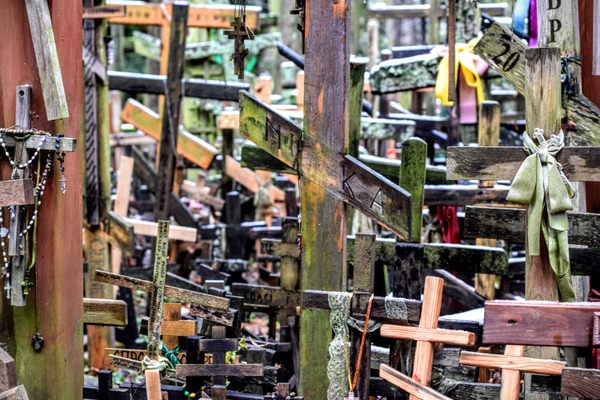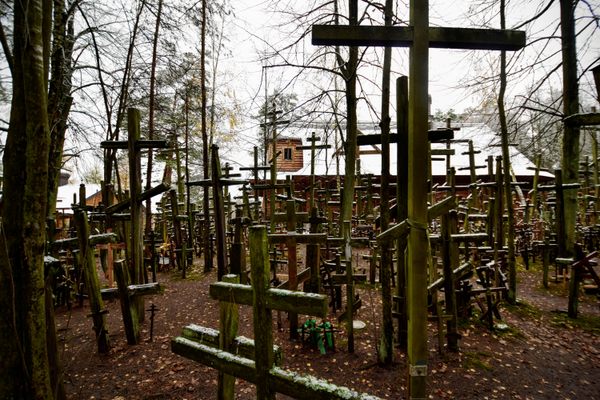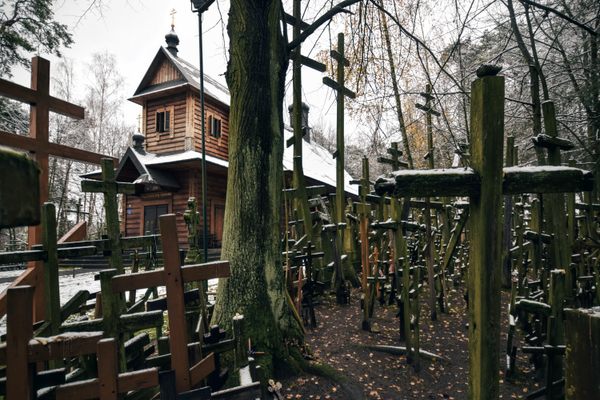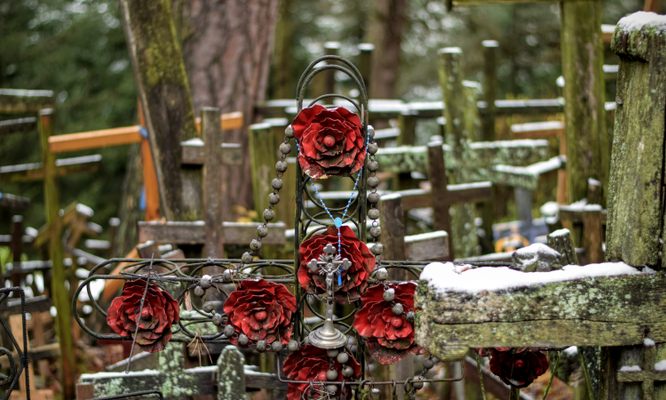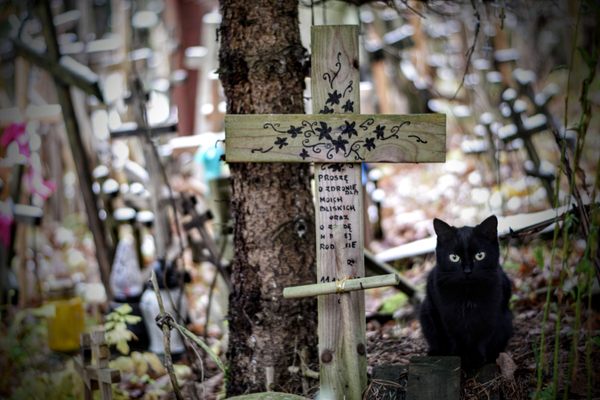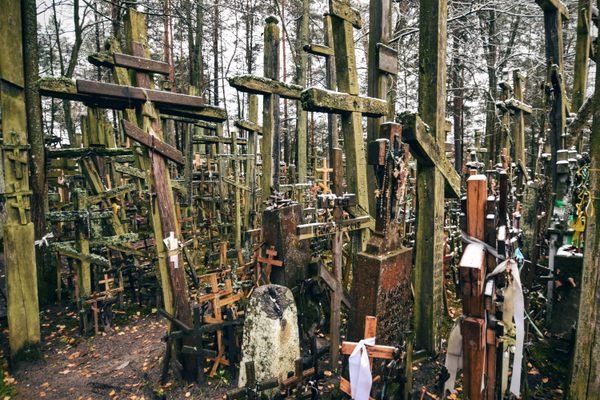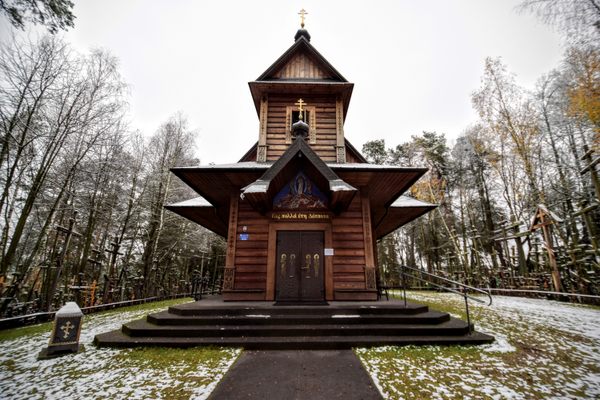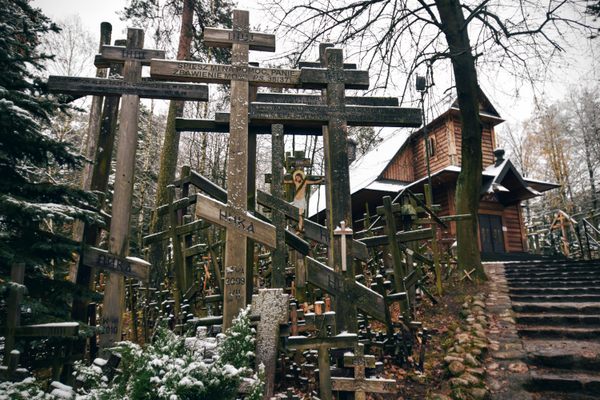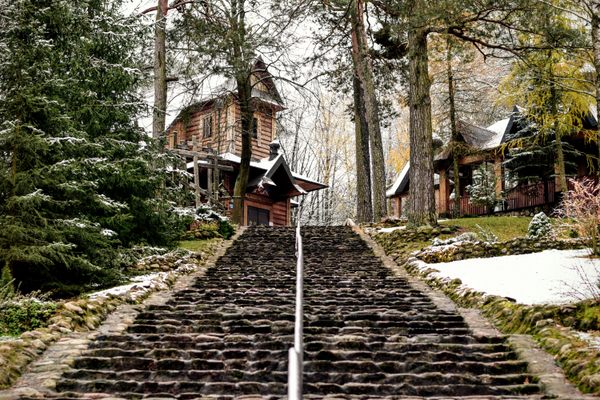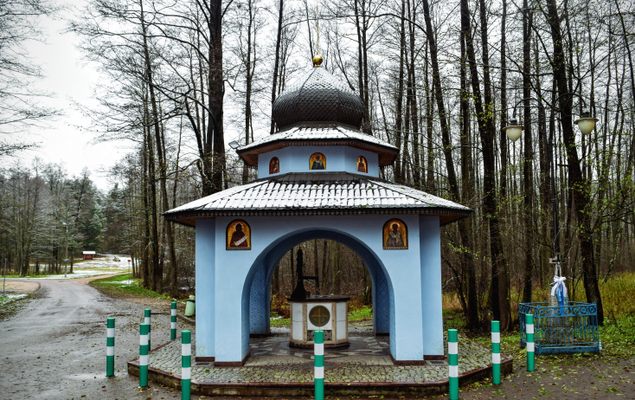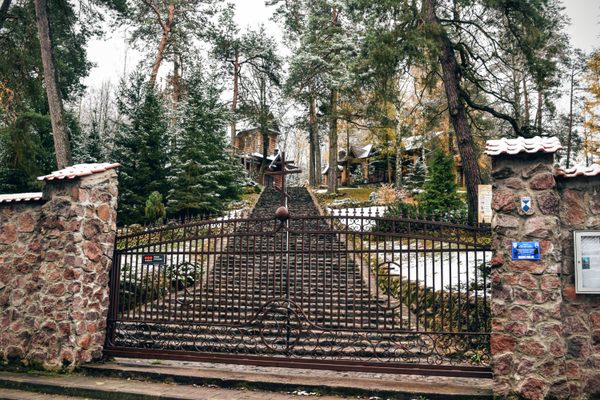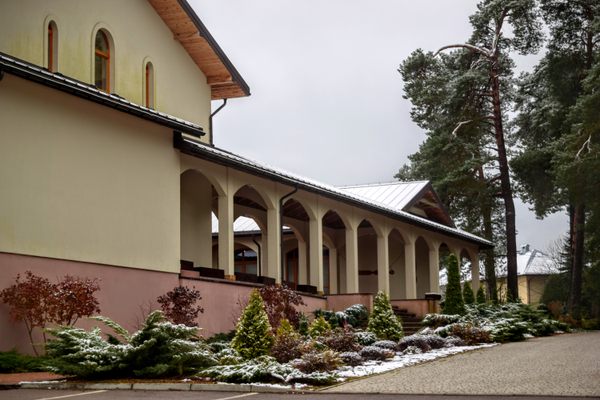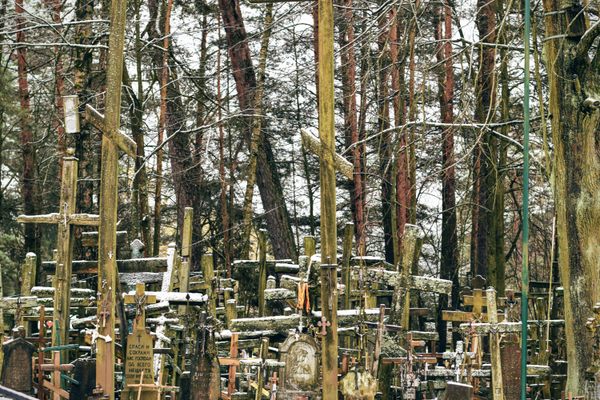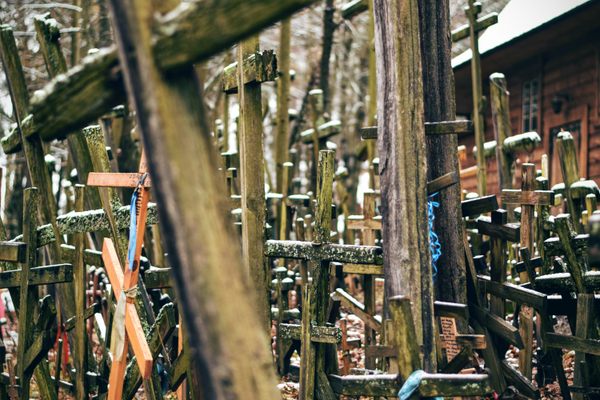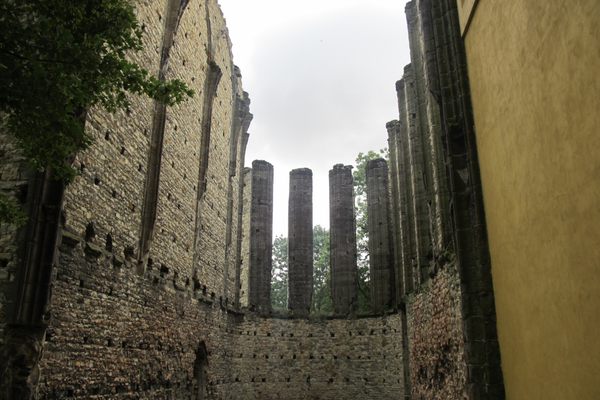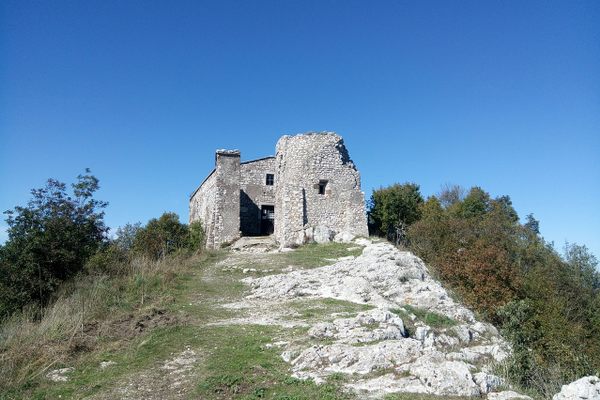About
Every year, thousands of pilgrims descend upon this small cross-covered hill in Eastern Europe to be healed and to pray. The hill is the Holy Mountain of Grabarka, and its significance as the most holy Orthodox location in Poland is not taken lightly by the 1% of Poles who claim the Orthodox faith.
On August 18th and 19th, the days of the Orthodox Church's Feast of Transfiguration, over 10,000 pilgrims make their way to the hill where they climb the steps to pray and sit up for night-long vigils. Those who seek to be healed or cured carry crosses which are blessed by priests and then put into the ground surrounding the small chapel on the top.
The crosses litter the mountain, coming in all shapes and sizes: metal, wooden, ornamental and plain. Some tower over a dozen feet in the air while others are small, some hang on a string dangling from the arms of others. Rosary beads, photos, amulets, and letters are stapled, tied, or left to sit on the crosses, all in various states of atrophy. Most crosses read in Cyrillic text "Lord, have mercy (Spasi Hospodi)” or list the names and ailments of those in need of healing or salvation.
Tales of the miracles surrounding the mount date back to 1710, when during a cholera outbreak, an old local man received a vision to lead the local people to the mountain, build a cross, and pray for salvation. They then washed themselves in the water of the nearby stream. Instantly the epidemic ended, and a chapel was built in commemoration.
Today, pieces of religious iconography that have slowly succumbed to time and weather litter the soil. Since nothing is ever removed, new crosses are easy to make out as they are mixed in with the slowly decaying ancient crosses left to rot in the ground. In a way it is a lonely, gloomy, funereal sight. But the devout who visit the mountain see it as a place of hope and rehabilitation.
The stream that circles the bottom of the hill is believed to heal physical ailments such as soreness, scars, burns, and other disfigurements. Pilgrims bathe in the stream and wash themselves with rags and paper, rubbing and cleansing their aching limbs. After bathing, a pile of the cleaning rags is made and they are set on fire to symbolically erase the pain, suffering and forgiveness of sins. A small chapel is built over a pump and pilgrims come year round to fill up cups, jugs and buckets of the miracle water to take with them.
Related Tags
Know Before You Go
Traditionally, pilgrims arrive on foot. There is also parking available in the area for curious tourists. The hill is surrounded by a tall stone wall at night, but is open from dawn to dusk. Services are held on Wednesday evenings.
Community Contributors
Added By
Published
November 22, 2016
